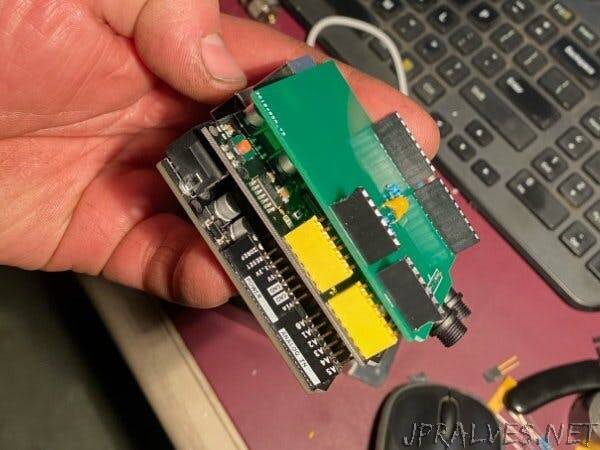
“Whole house energy monitor that monitors a split phase 120/240 service and publishes to blynk.
I’ve been wanting to create a whole home energy monitor for my house for awhile now. I could not find a project anywhere for a split phase north American style service so I finally muttled together one and am quite happy with the results.
Most of my favorite projects with an Arduino now involve Blynk. If you haven’t used Blynk in any of your projects yet I suggest you look into it because it is a very versatile IOT server with an app for most smart phones that opens endless possibilities.
I hope you all bear with me because I’m quite novice when it comes to arduino and this is the first project I will be uploading. There seems to be a lack of projects for energy monitors for a split phase service so I thought I would share it.
First of all I used Blynk for this project because its easy to code and publish the readings to my phone for easy monitoring. Now there is two ways you can do this. You can either sign up for a free account using the “NEW” blynk app and have some minor limitations that can be avoided with in app purchases or you can use the old Blynk app 0.1 legacy version and run your own server where it is 100% free. I opted to run the server on a windows machine in my house since I have numerous projects all running blynk because its a lot of fun and running my own server is 100% free. Before I get started on how to set up blynk this is what it looks like all said and done…
You can see in the app if shows me real time current draw at the top on both line 1 and line 2.
In the middle it draws a line graph of the history of both line 1 and line 2. The history can be live, show you hour by hour, 6 hours at a time, day by day, month by month and for the last three months.
The bottom shows the kwh usage for both line 1 and line 2 combined and it has the same history options as the current draw graph above. The only difference with the kwh graph is I have it reset every night at midnight so you can compare your daily kwh usage.
So aside from the basic arduino supplies you will need two current transformers I chose two 100 amp current transformers and I will explain below why. But here is the two transformers I used…”
